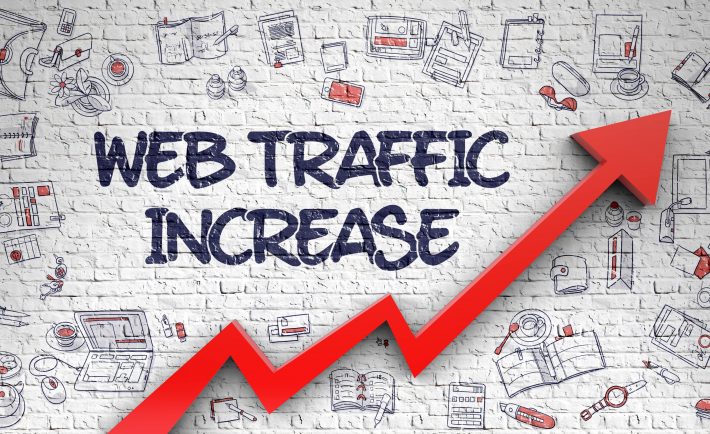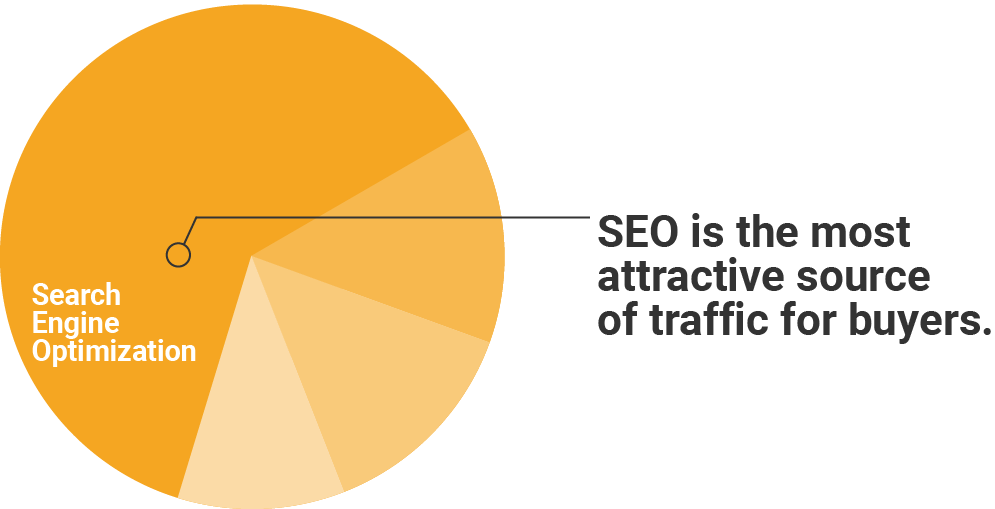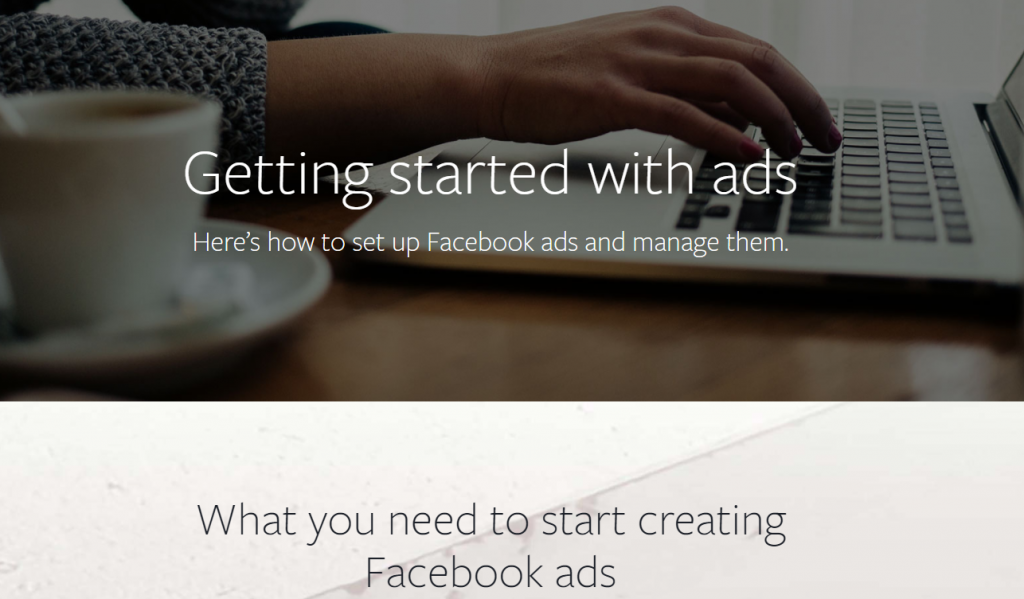
Your business’ website is likely one of the driving forces behind its success. After all, with the COVID-19 pandemic driving people indoors and increasing online shopping, many of your customers will find and use your services through your site. It has been the dilemma of many business owners since the internet became a key component to drive sales: how can I drive more traffic to my company website? Indeed, it seems there are many ways to do this, including using SEO, pay-per-click advertising and social media. In this article you will find the key ways to drive traffic to your site, with the pros and cons of each one. Never fear, your website will be teeming with potential customers in no time at all. Let’s get to it.
Strategy 1: SEO (Search Engine Optimisation)

If you don’t have an SEO strategy in place, there’s no time like the present! Search engine optimisation involves understanding and playing to the advantages of search engine algorithms, in order to boost your site’s position in search results. You can do this yourself, by researching keywords, building in links to your content which encourage further clicks, and effectively teaching the search engine to favour your site; alternatively, you can use an SEO agency, who have a team of writers that are dedicated to improving your SEO. Here are the pros and cons of using SEO to boost traffic on your website.
The Pros:
Cost-effectiveness – Having an SEO strategy in place will not cost a huge chunk of your marketing or advertising budget. SEO can be implemented in-house by your research or marketing team, comprising part of the work that is done under their budget already. Alternatively, if you opt to outsource your SEO to a professional agency, this is still relatively inexpensive in comparison to other forms of advertising.
Subtlety – Unlike direct advertising, SEO works subtly. For example, boosting your position in search results can simply be achieved by working keywords into the content of your site which relate to your business, and adding in backlinks to the content which are attached to anchor texts. This means the site copy is readable and smooth, not outwardly advertising anything to the customer, but still improving your clickability.
The Cons:
Fewer concrete results – Studies have shown that while SEO is cost-effective and doesn’t bombard your site with annoying ads, it doesn’t yield as many successful results as other strategies. SEO is a more generalised approach which is widespread, whereas PPC (pay per click) is a more heavily targeted approach to the individual consumer, thereby yielding quicker, more easily analysed results than SEO.
Patience is required – To gather data on whether your SEO implementation has paid off, you need to measure the results over a longer period of time. Unlike paid ads, SEO’s subtle approach to increasing the traffic to your site means that the positive effects will build up over time. You won’t see results on the same day, or even the same week, that your strategy is put into action.
Strategy 2: PPC (Pay-Per-Click)

Pay-per-click is a highly popular way to drive traffic to your site, because, quite frankly, it works. PPC works similarly to SEO, in that it boosts your business’ website up the rankings on a related Google search. For example, if you own a floristry business, and a user searches ‘London florist’, you are more likely to be at the top of that list when PPC or SEO strategies work. But here’s the difference between PPC and SEO: while SEO is a widespread approach to encourage the algorithm to respond more to your site, PPC is much more direct. Advertising companies bid for keywords which they can hold monopoly over. For example, if the keyword was ‘London florist’ the highest bidding advertising company would then be able to advertise whichever businesses they like - and the business is only required to pay each time someone clicks on the ad.
The Pros:
It works- Simply put, PPC works. You can see direct ROI almost instantaneously, unlike with SEO, meaning that your business can measure results and build on the strategy as it unfolds. Pay per click advertising is doubtlessly effective. So where’s the catch?
The Cons:
The cost- Of course, there are always ways to budget PPC, but you have to be careful if you are a small business. It is important to start with a small number of keywords in a limited area in order to have substantial ROI when it comes to your site traffic. If you are not clear about your budget boundaries, the cost of PPC can be very high, making it more expensive than it is worth. As mentioned, there are ways to cap your spend, but it is essential this is implemented before you begin, to avoid losing money.
Strategy 3: Social Media

Social media has become more than a sharing site between friends; it has become a business goldmine. Advertising on social media has never been easier, and has well-recorded results for any business. Using Instagram’s business promotion tools helps push your company’s social media page and reach out to more users. This, inevitably, leads to more traffic. You can also use social media to push giveaways which require those entering to re-post and follow your business account. Again, this helps push past your regular audience and engage more interactions.

Similarly, Facebook has a notoriously effective advertising structure. Gaining ROAS from Facebook Ads is simple using the right advertiser who will reach users more effectively and in a more structured way than a regular business Facebook page will.
Conclusion

Driving traffic to your company site has never been simpler, more cost-effective or more of a varied option than in 2020. Using this helpful guide, you can consider your options and decide on the best footfall strategy for your business model.




